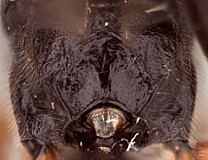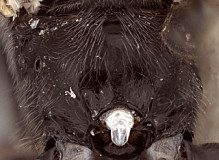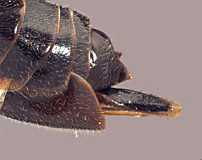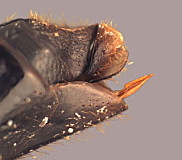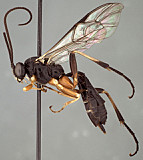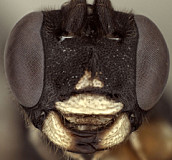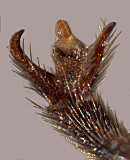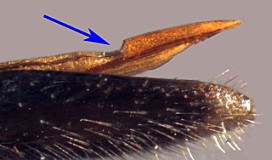Homobia Foerster, 1869: 203. Type species: Colpotrochia cinctiventris Ashmead, 1896. Included by Davis (1897: 278). Monobasic. Synonymized by Cushman (1937: 244).
Glyptocentrus Kriechbaumer, 1894: 61. Type species: Exetastes fulvipes Gravenhorst, 1829. Monobasic. Isogenotypic with Xenoschesis Foerster, 1869.
The name Polycinetis is treated as a separate genus by Aubert (2000) but I see no reason to do so and have retained it as a subgenus following Townes (1970) and many others [including Yu et al. (2012)]. We have, however, placed the two subgenera on separate webpages.

